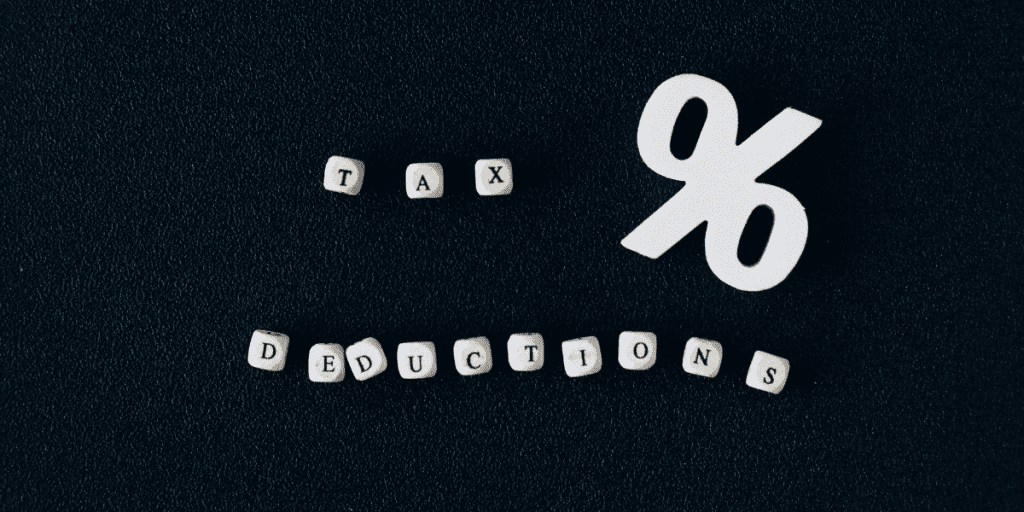When it comes to tax incentives for businesses, two provisions in the U.S. Internal Revenue Code often stand out: Section 179 and Section 179D. While both offer opportunities to save on taxes, they apply to different types of investments and benefit distinct groups of taxpayers. In this blog, we’ll explore what these sections are, how they differ, and who stands to benefit from each.
What is Section 179?
Section 179 is a powerful tax deduction designed to encourage businesses to invest in themselves by purchasing or financing equipment and property. Rather than depreciating the cost of these assets over several years, Section 179 allows businesses to deduct the entire cost in the year the assets are placed into service.
Key Features of Section 179
- Eligible Property: Qualifying assets include tangible personal property like machinery, equipment, vehicles (under certain weight limits), furniture, and off-the-shelf software used for business purposes.
- Deduction Limit: As of 2023, the maximum deduction is $1.16 million. This amount is adjusted annually for inflation.
- Phase-Out Threshold: The deduction begins to phase out once total purchases exceed $2.89 million in a given year (2023 figure).
- Bonus Depreciation: Section 179 can be combined with bonus depreciation, which allows additional deductions for qualifying property.
Who Benefits from Section 179?
- Small and medium-sized businesses that invest in essential equipment and tools.
- Companies looking to immediately offset their taxable income by expensing large purchases.

What is Section 179D?
Section 179D, often referred to as the Energy-Efficient Commercial Building Deduction, focuses on incentivizing energy efficiency in commercial buildings. It provides a tax deduction for investments in systems and components that reduce a building’s energy consumption.
Key Features of Section 179D
- Eligible Property: This includes energy-efficient improvements such as interior lighting systems, HVAC systems, hot water systems and building envelope improvements.
- Performance Standards: Improvements must meet specific energy savings thresholds, with deductions tied to the level of efficiency achieved. For projects in 2023 and beyond, a minimum 25% reduction in energy costs is required to qualify.
- Deduction Amount: The deduction is calculated on a per-square-foot basis, ranging from $0.50 to $5.00 per square foot, depending on the energy savings achieved and compliance with prevailing wage requirements (as updated by the Inflation Reduction Act of 2022).
Who Benefits from Section 179D?
- Commercial Building Owners: Businesses that own and improve their commercial properties.
- Design Professionals: Architects, engineers, and contractors involved in government-owned building projects can claim the deduction if they design qualifying energy-efficient systems.
How Do Section 179 and Section 179D Differ?
While both sections provide valuable tax savings, they serve different purposes and target different investments:
| Feature | Section 179 | Section 179D |
| Primary Focus | General business equipment and property | Energy-efficient commercial building systems |
| Eligible Assets | Tangible personal property (e.g., machinery) | Energy-efficient lighting, HVAC, and envelope improvements |
| Deduction Type | Immediate expensing of purchase costs | Per-square-foot deduction based on energy savings |
| Who Qualifies? | Any business purchasing qualifying assets | Building owners and design professionals |
| Goal | Encourage business investment | Promote energy efficiency |
Who Should Use Which?
Understanding which section applies to your situation depends on your business goals and the type of investment:
Use Section 179 if…
- You’re a business investing in essential equipment or technology.
- You want immediate tax savings for large capital expenditures.
Use Section 179D if…
- You’re improving the energy efficiency of a commercial building.
- You’re a design professional working on government-owned building projects.
Utilize a Tax Professional
Both Section 179 and Section 179D offer excellent opportunities to save on taxes while promoting strategic investments in business operations and energy efficiency. By understanding the differences and aligning them with your goals, you can take full advantage of these provisions to grow your business and reduce your tax burden.
If you want to maximize your tax savings, contact us at CSSI and ensure you’re leveraging these deductions effectively.

